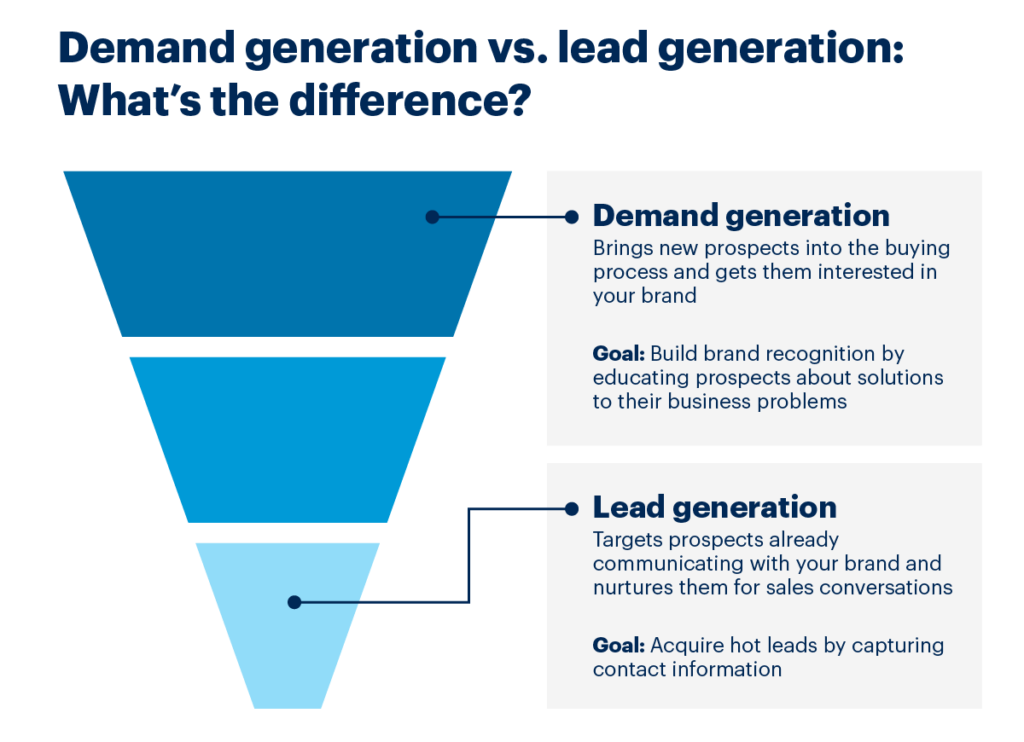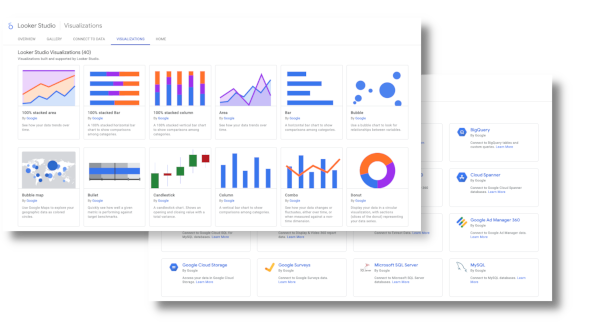With new channels and platforms constantly emerging in today’s evolving digital landscape, it’s easy to get lost in the buzz of the latest ‘shiny new toy.’ Today, it’s more important than ever that when executing digital orchestration initiatives, that we never lose sight of the main goal, and the main KPIs we are looking to achieve. Yes – it can be helpful to tap into new channels and a/b test different tactics, but only to the extent that it will help achieve your campaign’s goals.
What Is Digital Orchestration?
As a refresher, digital orchestration refers to the strategic coordination of digital marketing channels, tools, and platforms to deliver a consistent and impactful message to your target audience. Digital orchestration is the practice of aligning technology to marketing efforts, creating a seamless customer experience across multiple touchpoints. In simpler terms: our goal as digital orchestration conductors is to ensure that all of our marketing efforts – from paid media to SEO to PR to user experience on the site – are aligned to help deliver the end goal, whatever that may be, to our clients.
When kicking off a digital orchestration project, the first question we ask our clients is: what is your goal? What are looking to achieve in the digital space? The two primary answers we hear are:
- Brand Awareness – to gain more brand recognition in the space, increase our Share of Voice and our market share footprint across organic and paid efforts.
- Lead Generation – to drive more users down the funnel to convert through a high-value form submission, driving more quality leads, at a lower cost per lead.
These two goals often complement each other, and if our client has not spent time investing in brand awareness before we launch our digital orchestration program, we will recommend a phased approach – phase 1: brand awareness, phase 2: lead generation. While lead generation is typically the bottom-line goal, it is critical to gain brand recognition before working towards leads. We cannot achieve lead goals if no one knows who our client is.

If the goal is brand awareness, our team looks at a variety of key KPIs per channel:
-
Organic Search
- Page Rank for branded terms, and the increase in rank we see over time
- Bounce Rate on the site – once users land on the site from organic search, are they immediately bouncing?
- Pages/Session and Return Rate – similarly, if they land on the site through our branded terms, how many pages are they engaging with, and do they return to the site? If so, how often?
-
Organic Social:
- Impressions on new branded posts. Is the number of users seeing our posts increasing as we post more frequently?
- Follower count – are we seeing an increase in followers as we enhance our organic social footprint?
- Engagements – Are users interacting with our posts? We also want to ensure all – if not most – engagements (comments, reactions, etc.) are positive.
- Click-Through & Site Engagement – are users visiting our site through our organic social posts? Similar to organic search, are they returning to the site, and visiting multiple pages?
-
PR:
- Share of Voice – are we seeing an increase in share of voice in the marketplace from an increase in branded press releases and announcements?
-
Paid Media:
- Impressions & Clicks – volume is critical for generating mass awareness, and paid media is the only channel where we can pay for that volume. The first touchpoint of the funnel is getting eyes on the ads, and then getting users to click through to the site.
- CTR – in addition to volume, it’s critical that we target the RIGHT audience. We don’t want to cast too wide of a net and drive irrelevant volume to the site. In addition to strong volume metrics, we want to see a high CTR for each channel
- Site Traffic – Like other channels, our goal with paid media is to drive an increase in traffic to the site. We want to see an increase in sessions, pages/sessions, and new users on the site.
- Site Engagement – is the traffic that we are driving through paid spending time on the site, or are they bouncing immediately?
- CPCs & CPMs – how much does it cost, on average, to drive users to our site? How much does it cost to reach our target audience?
If the goal is lead generation, our KPIs per channel shift to focus on actions that end users are taking on the site:
-
Organic (Social, Search, PR):
- Form Submissions: are users navigating to demo request or contact us form to gain more information?
- Session to form submission rate: how often are users visiting the site proceeding to fill out a form? Typically, how often does a user visit the site before submitting a form?
-
Paid Media: along with the KPIs in the Organic section, we also measure:
- Cost/Conversion: On average, how much does it cost for us to drive a form submission? We will measure this against industry and paid channel benchmarks
- Conversion Rate: How often are users converting once they click through to the site? How does this vary between brand and nonbranded campaigns/keywords?
Once we have established our goals, and therefore the key KPIs we want to monitor for our digital orchestration efforts, we can start to seamlessly track, monitor, update and optimize our paid campaigns and organic initiatives.
Our team leverages tools like Google Looker Studio to create real-time reports that consolidate data across all channels and touchpoints, allowing us to see 1) how our KPIs are trending per channel and 2) how our overall digital orchestration strategy is performing based on our primary goal.

Most importantly, our comprehensive reporting allows us to easily review our data, and apply updates to our strategy based on what we’re seeing. For example, if users are bouncing once they visit our campaign landing page, we should test different landing page variants. Does the copy align to our ad? Is the user experience intuitive? Should we add a lead form above the fold? There are countless tests we can implement, and the beauty is we can continue testing until we see the results we are looking to achieve!
In conclusion, when deploying a digital orchestration program, make sure you are aligned on the primary goal. Identify the KPIs that you want to measure and monitor, and consistently review those KPIs to ensure your digital orchestration strategy is performing to the best of its ability. Don’t be afraid to a/b test landing pages, messaging, CTAs, imagery, etc. As long as you never lose sight of your primary goal, you’ll be on track to achieve the KPIs you want to see.
Ready to take your marketing to the next level? Contact Bluetext to learn about our digital orchestration services and how this could be tailored to your business’ objectives.


